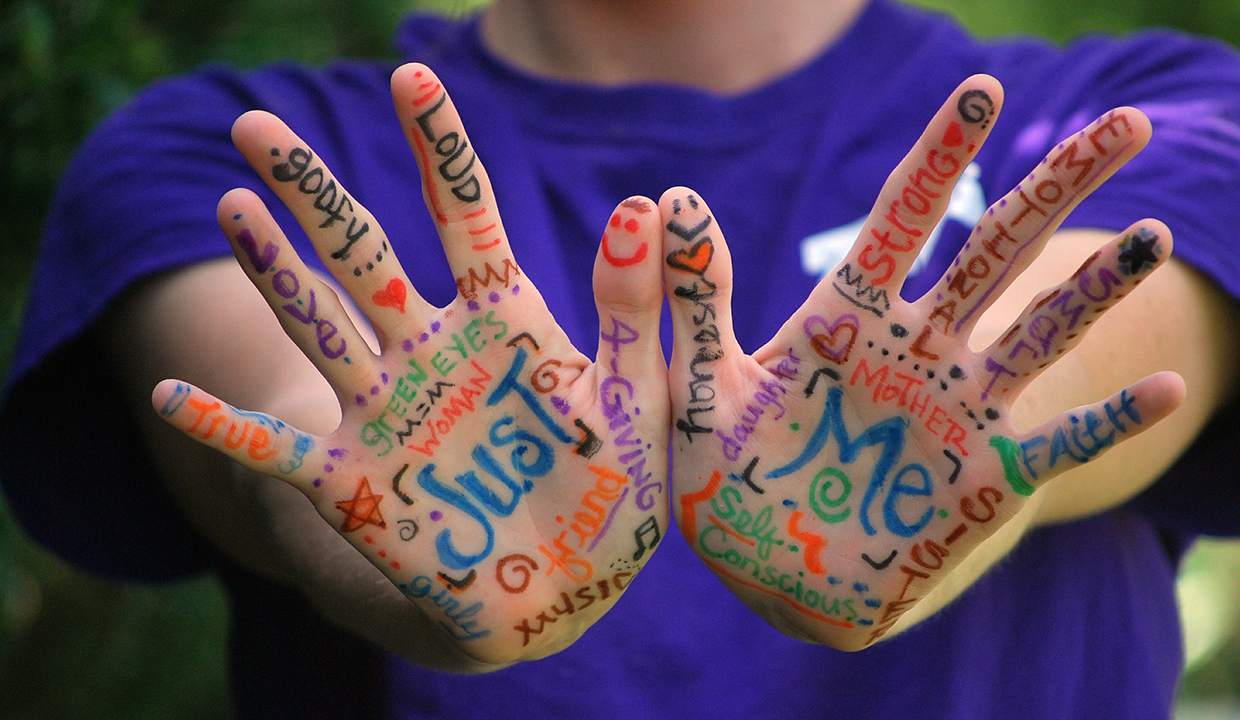Chiromancy/palmistry : the art of reading the hands
In this article, Roshan Sylvia explains what are the origins of chiromancy.

THE HISTORY OF PALMISTRY:
Palmistry can trace its roots back to Indian (Hindu) Astrology (known in Sanskrit as Jyotish). The Hindu sage Valmiki is thought to have written a book, whose title translates in English as "The Teachings of Valmiki Maharshi on Male Palmistry", comprising 567 stanzas, more than 5,000 years ago.
From India, the art of palmistry spread to China, Tibet, Egypt, Persia and to other countries in Europe (gypsis still practice it today, their tribes came originaly from North West India). Palmistry came to China in around 3,000 B.C. It then progressed to Greece where Anaxagoras practized it. However, modern palmists often combine traditional predictive techniques with psychology, holistic healing, and alternative methods of divination.
Chiromancy consists of the practice of evaluating a person's past, character or future life by "reading" the palm of that person's hand. Various "lines" ("heart line", "life line", etc.) and "mounts" , purportedly suggest interpretations by their relative sizes, qualities, and intersections. In some traditions, readers also examine characteristics of the fingers, fingernails, fingerprints and palmar skin patterns (dermatoglyphics), skin texture and color, shape of the palm, and flexibility of the hand.
The basic framework for Classical Palmistry (the most widely taught and practiced tradition) is rooted in Greek mythology. Each area of the palm and fingers is related to a god or goddess, and the features of that area indicate the nature of the corresponding aspect of the subject. For example, the ring finger is associated with the Greek god Apollo; characteristics of the ring finger are tied to the subject's dealings with art, music, aesthetics, fame, and harmony. Aristotle (384-322 b.c) discovered a treatise on Palmistry on an altar to the god Hermes. The Greek physicians Hippocrates and Galen (ad 130-200) were both knowledgeable about the use of palmistry as a clinical aid.
The emperor of China used his thumbprint when sealing documents in 3000 BC. Information on the laws and practice of hand reading have been found in Vedic scripts, the Bible and early Semitic writings.
The practice of palmistry was unfortunately forced underground by the Catholic Church who branded it devil worshiping.
The ancient Vedas, the earliest sacred Hindu writings, studied the hands as a means to unveil and understand the self and relationships with others. Here began an understanding that the unique patterns of lines and signs in the hand are a direct result of one's personality.
By the eighteenth century books were written blending some scientific information about the hand with mysticism. Since then Palmistry was aligned with the idea that a person read the hand with a scientific eye and spoke from intuition. Palmistry then was a form of prediction that was as individual as the hand.
THE MAN WHO GAVE PALMISTRY A NEW NAME :
Cheiro, as he is known by nickname, was said to have predicted correctly dates and events in the lives of many renowned celebrities and even his own death.
Cheiro (1866-1936), was one of the most famous and colorful occult figures of the early Twentieth Century, Cheiro was a clairvoyant who used palmistry (or cheiromancy), astrology, and Chaldean numerology, to make startlingly accurate predictions, including world events. Born in Ireland as William John Warner, Cheiro also went by the name Count Louis Hamon, claiming a noble ancestry that may or may not have been accurate. His name, Cheiro, derives from the word cheiromancy.
THE SCIENCE AND CHEIROLOGY :
There has always been skepticism about palmistry. Yet in the 21st century people study the lines on the hands with children born with various challenges such as autism, Downs Syndrome, ADD, among others. There often is a correlation which one day may help in early diagnosis of childhood illnesses which go undetected in early childhood.
Medical researchers studying skin patterns - Dermatoglyphics - have discovered a correspondence between genetic abnormalities and unusual markings in the hand. Research has confirmed a link between specific fingerprint patterns and heart disease.
